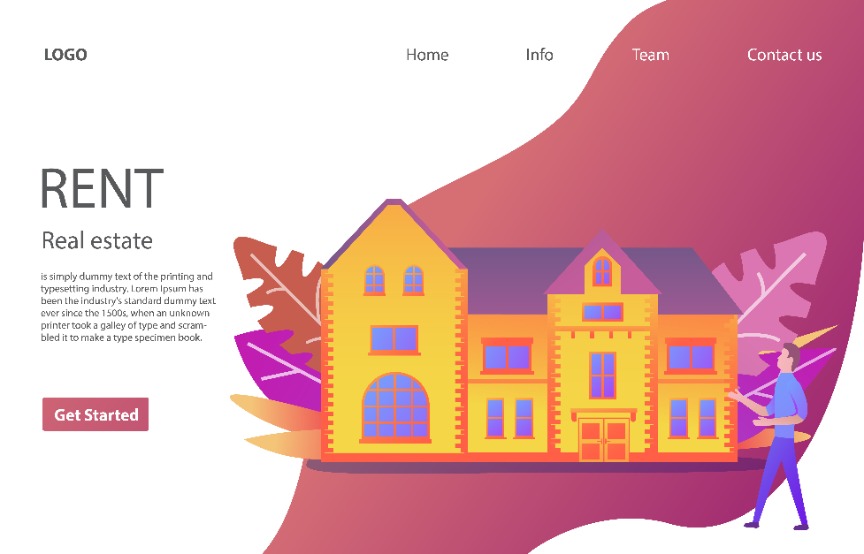Landing pages are one of the lesser-known and highly underrated marketing strategies for multifamily properties. In fact, a recent Unbounce study found that one in ten people who arrive on a landing page will become a lead. If you haven’t considered incorporating them into your marketing strategy, then you may be leaving quality leads on the table.
What is a landing page?
While many think they’re familiar with a landing page, they are often surprised to learn that it is not just the web page a user clicks through to from a search engine results page. Instead, landing pages are standalone web pages that are not included as part of one’s standard website. Typically, they are not a part of the navigation; they are designed to encourage a visitor to take a specific action–be it call, sign-up, reserve, etc.–all with the end goal of converting. They can be linked from an email, digital promotion, Google ad, social media post, or other channel and tend to be campaign-specific. For instance, if your property is running a fall back-to-school promotion, you can create a designated landing page where all content is catered to this special and its associated target audience–students.
What should be included?
When designing your landing page, you’ll want to be sure your campaign, offer and/or call to action are prominent and other design elements are centered on these themes. Considering your audience and page origination source will be important when incorporating design elements. For instance, a landing page from a social media site will vary significantly in design from one housed on a Google search.
Additionally, you’ll want to remain concise in your verbiage. It has been proven that a high word count can directly contribute to lower conversion rates. Try to envision your target user and write the key points you want them to know about the offer, how they’ll benefit, and what steps to take next. Historically, landing pages with interactive content tend to fare better than those without, so incorporate high-quality photos/video, buttons, and headlines where necessary.
What are the benefits?
Landing pages offer substantial benefits for marketers by directly supporting business goals–be it targeting a new demographic, promoting a special offer, or increasing brand awareness. The primary benefit of a landing page is that it allows you the flexibility to cater your content to a specific goal and then track its performance, bypassing your website. As part of your performance tracking, you can gain deeper insights about a particular audience, like behavior, and determine which content resonates most with specific targets, especially when creating multiple landing pages. As a result, you’ll be better equipped to streamline and refine your existing advertising strategies to become more attractive to prospective renters.
Rentbot can help.
Landing pages can help make a great first impression, but your website will be the ultimate conversion tool. So, before you consider incorporating one, you should first make sure your website is equipped to attract, convert and retain. If you’re lagging in one of these areas, Rentbot can help. Our modern websites offer clients mobile-friendly designs, built-in SEO packages, conversion-optimized layouts, online applications and deposits, and seamless third-party integration, giving them more time to handle other crucial property-related management tasks.
We understand that managing small to mid-size rental properties requires you to wear many hats. That’s why we’ve carefully designed each Rentbot site to save you time, money, and stress. Let’s help you simplify your to-do list and increase conversions too. Sign up for a free 30-day website trial here.
About the Author
Jonsette Calloway joined the Rentbot team in 2015. With a background in public relations, advertising, and copywriting, she has helped many clients achieve their marketing and communications goals within various fields, but she particularly enjoys working with the apartment industry.

